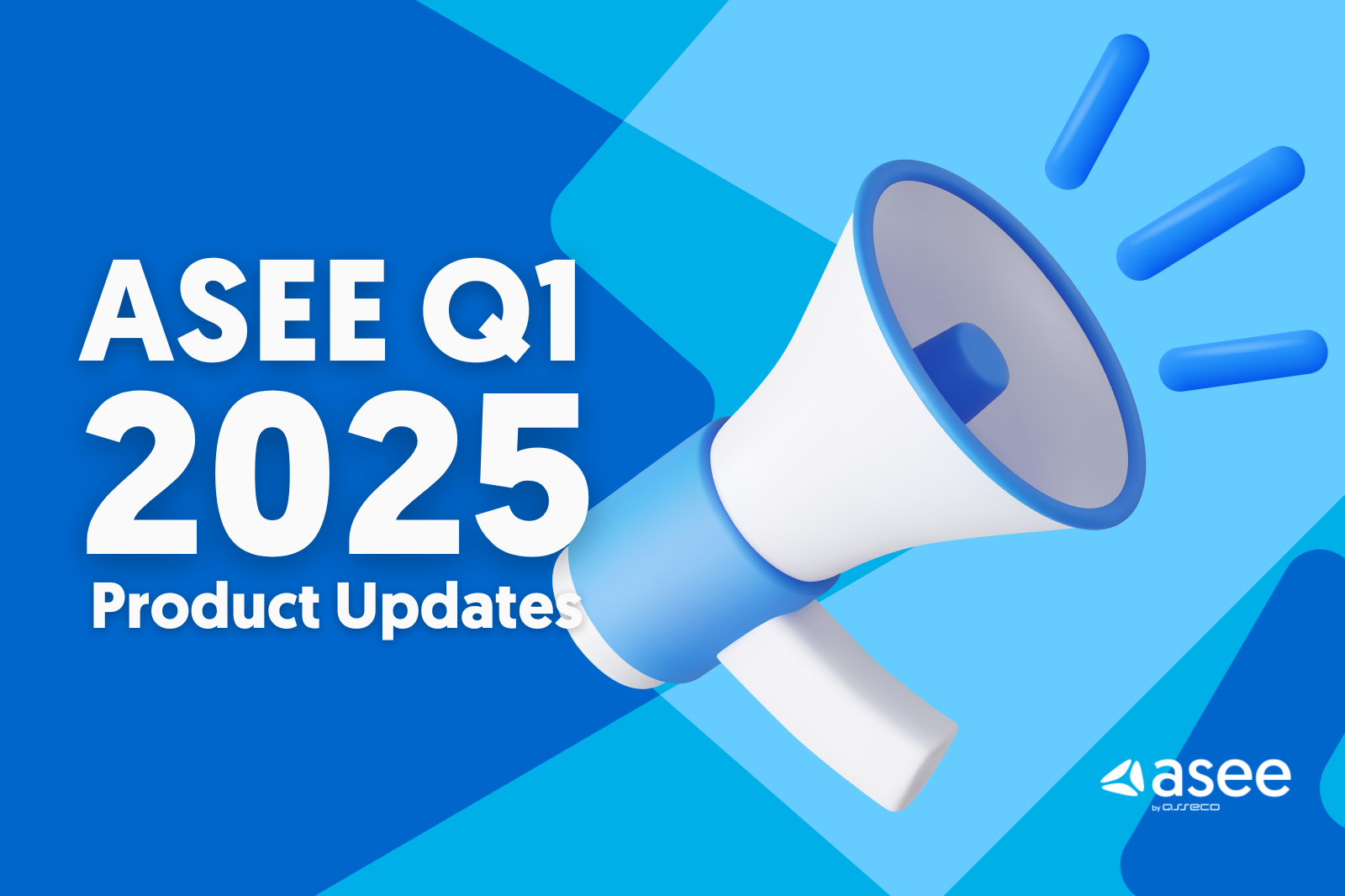Mobile application hardening is a method of enhancing an app's security measures in order to prevent tampering and reverse engineering attempts. The purpose of application hardening is to increase the amount of effort a hacker would typically need to manipulate a mobile application. As there are many ways to tamper with a mobile app, there are various mobile application hardening techniques – each focused on a specific mobile application security threat. What makes mobile application hardening great is its ability to respond to both static and dynamic analysis.
Code obfuscation can be either partial or complete. For example, encrypting the code is considered a code obfuscation method. Clearing the code from metadata, prevents the attacker from gaining additional context, and is also an obfuscation method. Another commonly used technique is control flow obfuscation – adding dead code and arbitrary statements that, in the end, won't execute. This leads the attacker in the wrong direction. To learn more, read a dedicated, in-depth article on
code obfuscation.
Implementation of mobile application security relies on three main components contributing to a fully protected mobile app. The three pillars are namely prediction, detection, and prevention. Mobile application hardening is proving to be successful at both detecting and preventing mobile app attacks, making it a must-have method within your mobile application security toolkit.
With today's zero-trust security policies, mobile application hardening is a necessary tool for enhancing the security of your mobile app. Unprotected apps are not only subject to financial losses due to a data breach but could also experience reputational damage, as well as hold accountability for compromising sensitive user data – all being very hard to bounce back from.
As hackers use static and dynamic analysis to manipulate your app, you have passive and active mobile application hardening to protect it. Passive hardening grants protection from static analysis, while active hardening safeguards your app from dynamic analysis.
Mobile application hardening gives you peace of mind when your app is running in untrustworthy environments. A layered approach to mobile application security is the way to achieve ultimate protection. By combining multiple hardening methods and mobile application security mechanisms, you're securing both your company and your app's users.
A solution designed with mobile application security top of mind, App Protector by ASEE, is a security mechanism that integrates with the mobile application's runtime environment. Its capabilities include the detection of an intrusion at an early stage of fraud, prevention of real-time attacks, as well as control over the application's execution. App Protector protects mobile apps from multiple threats, including emulator attacks, jailbreak/root detection, debugging, screen recording, and hooking attacks.
















